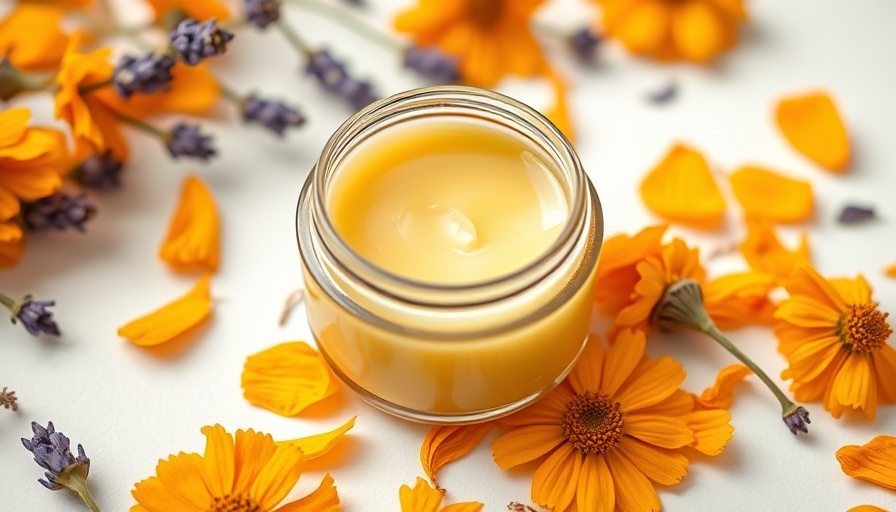
The Rise of Meditation: A Modern Wellness Trend
Meditation has become a go-to practice for many seeking a more peaceful and balanced lifestyle. As anxiety rates soar and the hustle and bustle of daily life continues unabated, mindfulness and meditation techniques are helping individuals find their center. In this article, we will delve into two predominant forms of meditation: Transcendental Meditation (TM) and mindfulness meditation, clarifying their differences and helping you determine which might best suit your lifestyle.
Understanding Transcendental Meditation: A Deeper Look
Transcendental Meditation is a specific technique that involves repeating a personal mantra, a practice intended to help practitioners transcend ordinary thought patterns and reach a state of deeper awareness. According to advocates, TM fosters a sense of inner peace and enhances one’s mental clarity. Celebrated for its simplicity, TM training typically involves enrolling in specialized classes where a qualified instructor will provide individual guidance and a personalized mantra.
What is Mindfulness Meditation?
Mindfulness meditation, on the other hand, is about being present in the moment and observing thoughts and feelings without judgement. This technique encourages an awareness of one’s breath, thoughts, and bodily sensations, contributing to emotional regulation and a reduction in anxiety. While accessible through various channels—like apps, books, or group classes—mindfulness does not require a formal teaching method, making it more adaptable for busy schedules.
Core Differences: TM vs. Mindfulness
While both techniques aim to cultivate a state of awareness and calmness, they differ significantly in practice. TM emphasizes the use of mantras for deep meditation, while mindfulness encourages an open awareness of thoughts and sensations without a specific focal point. This distinction influences how practitioners experience meditation: TM often leads to a state of restful alertness, while mindfulness enhances present-moment awareness.
Why Choose One Over the Other?
The choice between TM and mindfulness greatly depends on personal preferences and goals. If you seek a structured approach with the guidance of a teacher, TM may be the right choice. Conversely, if your schedule fluctuates or you prefer a more flexible style of practice, mindfulness may fit seamlessly into your lifestyle. Understanding these nuances can help you make an informed decision, especially as meditation influences overall well-being.
The Benefits of Regular Meditation Practice
Engaging in either TM or mindfulness offers various benefits—stress reduction, enhanced concentration, and greater emotional resilience among them. Regular practitioners of TM indicate significant improvements in sleep quality and cognitive function, while mindfulness users often report heightened awareness and emotional regulation. These transformative effects contribute positively to both mental and physical health, making meditation a valuable practice for anyone.
Practical Steps to Start Your Meditation Journey
If you're ready to dive into meditation, consider these actionable tips:
- Choose Your Style: Reflect on whether TM or mindfulness resonates with you more. Research, maybe even practice both, to discover which feels more fulfilling.
- Start Small: Commit to just a few minutes a day. Consistency is key, so pick a time that works best for you.
- Create a Dedicated Space: Designate a quiet place in your home for meditation to minimize distractions.
- Join a Community: Whether it’s an online forum or a local group, connecting with others on the same journey can provide support and encouragement.
Conclusion: Embracing Your Meditation Practice
Both Transcendental Meditation and mindfulness meditation present unique paths to achieving a balanced, tranquil mind. By understanding their differences and benefits, you can choose a practice that not only fits into your busy lifestyle but enhances it. Remember, the most effective practice is the one that brings you joy and peace. Consider joining a class or finding resources that can guide you as you embark on this valuable journey to wellness.
Are you ready to transform your life through meditation? Explore courses and resources today!
 Add Row
Add Row  Add
Add 




Write A Comment